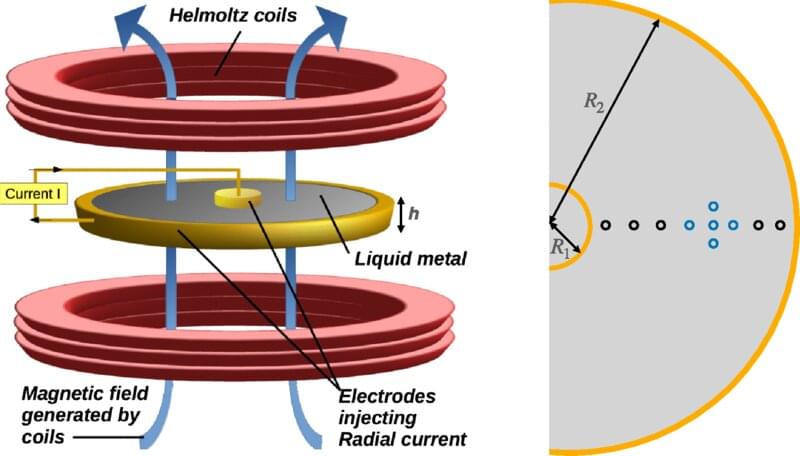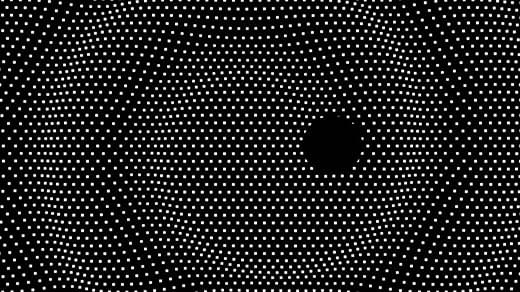This video covers the world in 2040 and its future technologies. Watch this next video about the world in 2050: https://bit.ly/3J23hbQ
► Support This Channel: https://www.patreon.com/futurebusinesstech.
► Udacity: Up To 75% Off All Courses (Biggest Discount Ever): https://bit.ly/3j9pIRZ
► Brilliant: Learn Science And Math Interactively (20% Off): https://bit.ly/3HAznLL
► Jasper AI: Write 5x Faster With Artificial Intelligence: https://bit.ly/3MIPSYp.
SOURCES:
• https://www.futuretimeline.net.
• AI 2041: 10 Visions of Our Future (Kai-Fu Lee & Chen Qiufan): https://amzn.to/3bxWat6
• http://projects.eng.uci.edu/projects/2018-2019/methane-hydrate-combustion.
• https://www.einsteintelescope.nl/en.
• https://www.scientificamerican.com/article/physicists-now-wa…-collider/
• https://www.bbc.com/news/business-53598874
• https://www.wsj.com/articles/self-driving-cars-could-be-deca…1622865615
• https://www.youtube.com/c/nextmindlab.
Patreon Page: https://www.patreon.com/futurebusinesstech.
Official Discord Server: https://discord.gg/R8cYEWpCzK
💡 On this channel, I explain the following concepts:
• Future and emerging technologies.
• Future and emerging trends related to technology.
• The connection between Science Fiction concepts and reality.
SUBSCRIBE: https://bit.ly/3geLDGO
Disclaimer:








